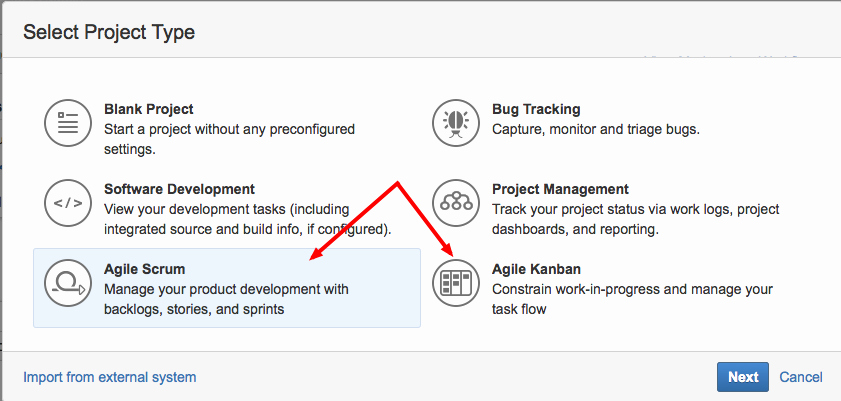

Use expectExceptionMessage if the message is important, or if it is the only way to But only set the exception just before it is thrown. You can use expectException to test your exceptions. If we don’t add that call then our test would pass if no exception was thrown.īut, if you don’t need to check any details, other than the exception class, message or code, use Important here is the fail after the validation. $this->fail('FormValidationException was not thrown') Public function testValidatesMultipleErrors(): void This class validates some information, and may throw an exception, containing the data of all things that went wrong.įinal class FormValidatorTest extends TestCase An exception can be throw n, and caught (' catch ed') within PHP. Lets take a look at the FormValidator class, and how we would test it. PHP has an exception model similar to that of other programming languages. Perhaps a validator that can have multiple failures, and that has an array of all the errors. Sometimes we use exceptions to pass data back. But even if it is only for other devs, you want to make sure you Validating you get the right error message is really important However, you may be dealing with legacy code, where a newĮxception class could break things. Introducing new exception classes per error means weĬan more easily catch the right error. If we then change to our test turns green again. So if we add $this->expectExceptionMessage('bob is no longer allowed to log in') just after the expectException call, then our test turns red. Or we can use expectExceptionMessage to make sure we get the correct error. We could introduce different exception classes for each error state. The test is still green, but we don’t actually test that bob can’t log in. $validator->validateCompanyEmail($email) īut we forgot to turn bar.com into. If you catch a generic exception first, the more specific one won’t be executed.$this->expectException(InvalidArgumentException::class) When an exception is thrown, the first catch block that matches it is executed.
#Php try catch specific exception free
If standard exceptions don’t fit in your business logic, feel free to create custom, more specific, ones. In other words, you can 'try' to execute a block of code, and 'catch' any PHP exceptions that are thrown.
#Php try catch specific exception code
In a nutshell, the try-catch is a code block that can be used to deal with thrown exceptions without interrupting program execution. Specific exceptions make your class/method easier to understand. The primary method of handling exceptions in PHP is the try-catch. Let’s see the most important ones that can help you make better decisions, improve the quality of your code and make your colleagues happier. There are several good practices that are used by developers and teams, in order to prevent exceptions misusage and over usage. If we only want to watch for specific types of exceptions, like a UnknownFileException, we can.


 0 kommentar(er)
0 kommentar(er)
